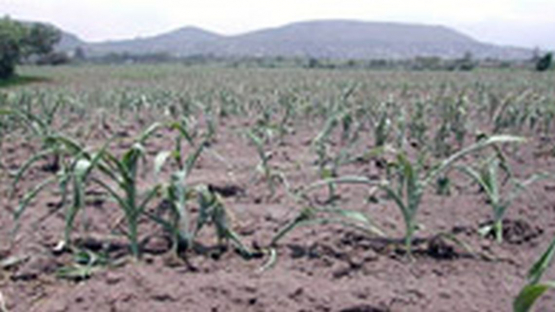
If you would like to learn more about the IAEA’s work, sign up for our weekly updates containing our most important news, multimedia and more.
Combating Desertification in Agricultural Drylands
Agricultural dry lands constitute approximately 42% of the total arable land in Zimbabwe. However, large proportions of these dry lands are subject to various degrees of land degradation, which reduces the social and biological potential of the land and increases the effects of desertification.
Land degradation in the form of soil erosion, deforestation and crop nutrient mining are common in this area. These unsustainable land management practices are aggravated by periodic droughts and floods.
Crop farming in Zimbabwe is at high risk with a high proportion of the local communities depending on the land for their sustenance. Intensive cultivation, overgrazing and deforestation are the major causes of land degradation in Zimbabwe, being exacerbated by the underlying forces of a socio-economic nature such as general poverty and over-dependence on natural resources for livelihoods.
The SWMCN subprogramme has successfully implemented a FAO/IAEA-funded TCP in Zimbabwe to develop, pilot test and promote the use of improved soil, water and nutrient management technologies using nuclear and related techniques to tackle land degradation. Various nuclear technologies were employed to improve nutrient availability, such as bio fertilization, soil acidity amelioration by liming and phosphorus capital build up using phosphor-compost. The project demonstrates that as little as one inoculant bag (approximately ZW$600 000 or US$2.40) is sufficient for inoculation of 1 ha of soybeans and removes the need for top dressing with ammonium nitrate which costs around ZW$ 9 000 000.00 or US$36.00 per hectare-this is a substantial saving for the farmers, and a potential significant saving of million of dollars for the country.
It was also demonstrated that there is a dual effect of liming and soybean inoculation on maize productivity. Maize grain yield as high as 7500 kg/ha when the field was limed and with inoculated soybeans previously could be obtained compared to the average maize yield of 1000 kg/ha or less in most communal areas in Zimbabwe without these intervention technologies.


